As winter turned to spring in the year 1776, the residents of Halifax, North Carolina, had no inkling of the historic role their growing town would shortly play. Established only a few decades before, Halifax was booming. Its location on a deep, calm bend in the Roanoke River—and the broad, flat land on either bank—proved ideal for an inland port.
Merchants plied a lucrative trade in tobacco and other agricultural products of the region—as well as in the African slaves upon whose labor the crops relied—in rows of warehouses along the docks.
In common with other economic centers—of its day no less than ours—Halifax grew in political importance as well. In April of that year the Fourth Provincial Congress of the colony of North Carolina convened in town. During normal years the predominant topic was commerce. But this was no normal year.
Throughout the colonies a groundswell of grumbling toward Mother England was rising. It reached its first discontented peak in Halifax on April 12 with the adoption of what would later be called the “Halifax Resolves”: the first formal colonial declaration of intent to sever ties with England and establish independence. In less than three months the remaining colonies would follow suit, joining together to form the great country we have inherited.
While Halifax thrived on trade well into the next century, its eminence began to dwindle the day the railroad passed it by, instantly diminishing the importance of the waterway on which its businesses depended. And though the area surrounding Halifax has produced more state governors than any other in North Carolina, the completion in 1840 of a grand capitol building in Raleigh marked the permanent shift of influence and power away from the little town.
Today the historic section of Halifax is open to visitors who can tour the two cemeteries (one for whites, the other for blacks) and nine remaining antebellum buildings, two of which (a tavern and a private residence) hail from the Revolutionary War era.
Wandering across the now nearly empty commons it’s not easy to summon the sense of vitality the town once knew. Another significant American small town…forgotten by time.


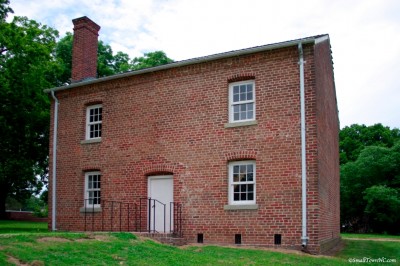
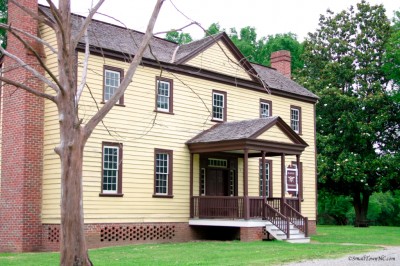
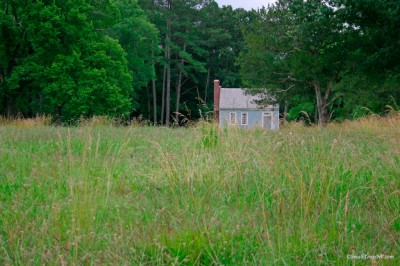
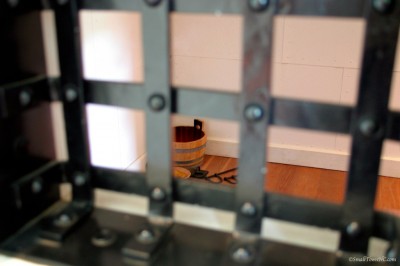
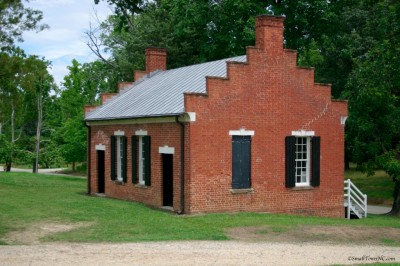
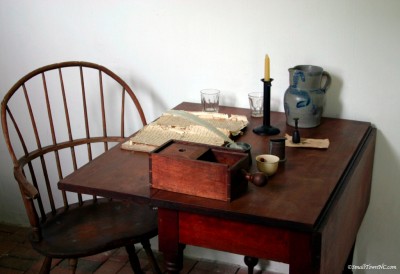

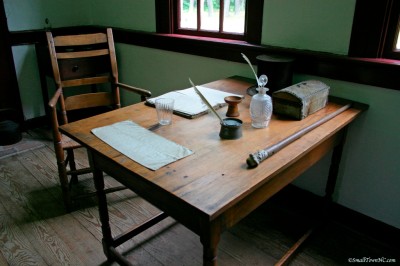
Loved your article as usual. Fun reading and so well written. You are really a good writer. Thanks for sharing.